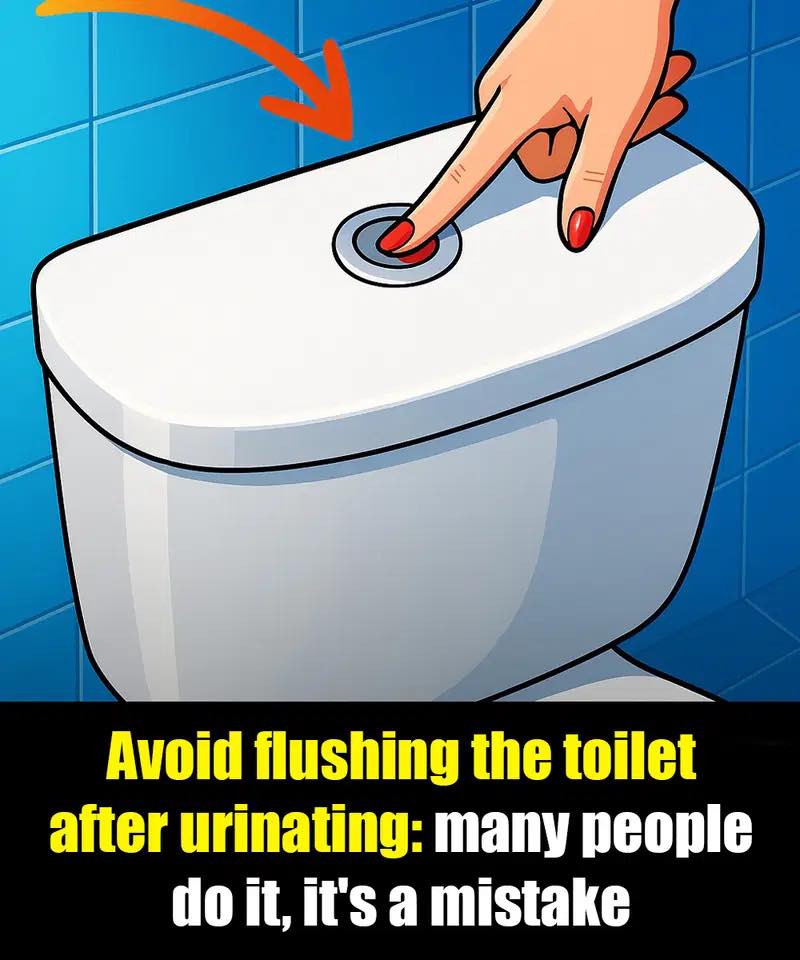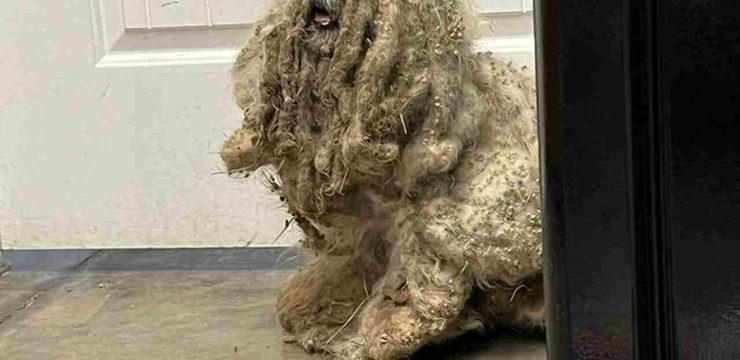Flushing the toilet after urinating is a deeply ingrained habit for many, often associated with cleanliness and good manners. However, in an era where water conservation is paramount, it’s worth reconsidering this routine. Each flush can use between 1.6 to 7 gallons of potable water, depending on the toilet’s age and design . Given that toilets account for about 24% of household water use , the cumulative impact is substantial.

Beyond water usage, flushing can aerosolize contents from the bowl, dispersing microscopic droplets that may contain bacteria and viruses onto surrounding surfaces like toothbrushes and towels . This phenomenon, known as the “toilet plume,” underscores the importance of closing the lid before flushing to minimize potential health risks.
To address these concerns, consider adopting more sustainable practices:
-
-
Mindful Flushing: Embrace the adage, “If it’s yellow, let it mellow; if it’s brown, flush it down,” to reduce unnecessary flushing.
-
Dual-Flush Toilets: Installing toilets with dual-flush options allows users to select a lower water volume for liquid waste, significantly conserving water .
-
Greywater Reuse: Collecting water from activities like showering to manually flush toilets can further reduce potable water usage.
-
It’s important to note that urine left in the toilet for short periods poses minimal health risks, especially with regular cleaning and proper ventilation. Embracing these practices not only conserves water but also promotes a more sustainable and environmentally conscious lifestyle.





